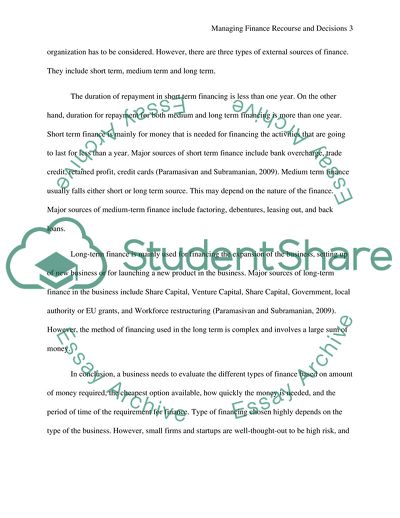Cite this document
(Managing finance recourse & decisions Coursework, n.d.)
Managing finance recourse & decisions Coursework. https://studentshare.org/finance-accounting/1859487-managing-finance-recourse-decisions
Managing finance recourse & decisions Coursework. https://studentshare.org/finance-accounting/1859487-managing-finance-recourse-decisions
(Managing Finance Recourse & Decisions Coursework)
Managing Finance Recourse & Decisions Coursework. https://studentshare.org/finance-accounting/1859487-managing-finance-recourse-decisions.
Managing Finance Recourse & Decisions Coursework. https://studentshare.org/finance-accounting/1859487-managing-finance-recourse-decisions.
“Managing Finance Recourse & Decisions Coursework”. https://studentshare.org/finance-accounting/1859487-managing-finance-recourse-decisions.


